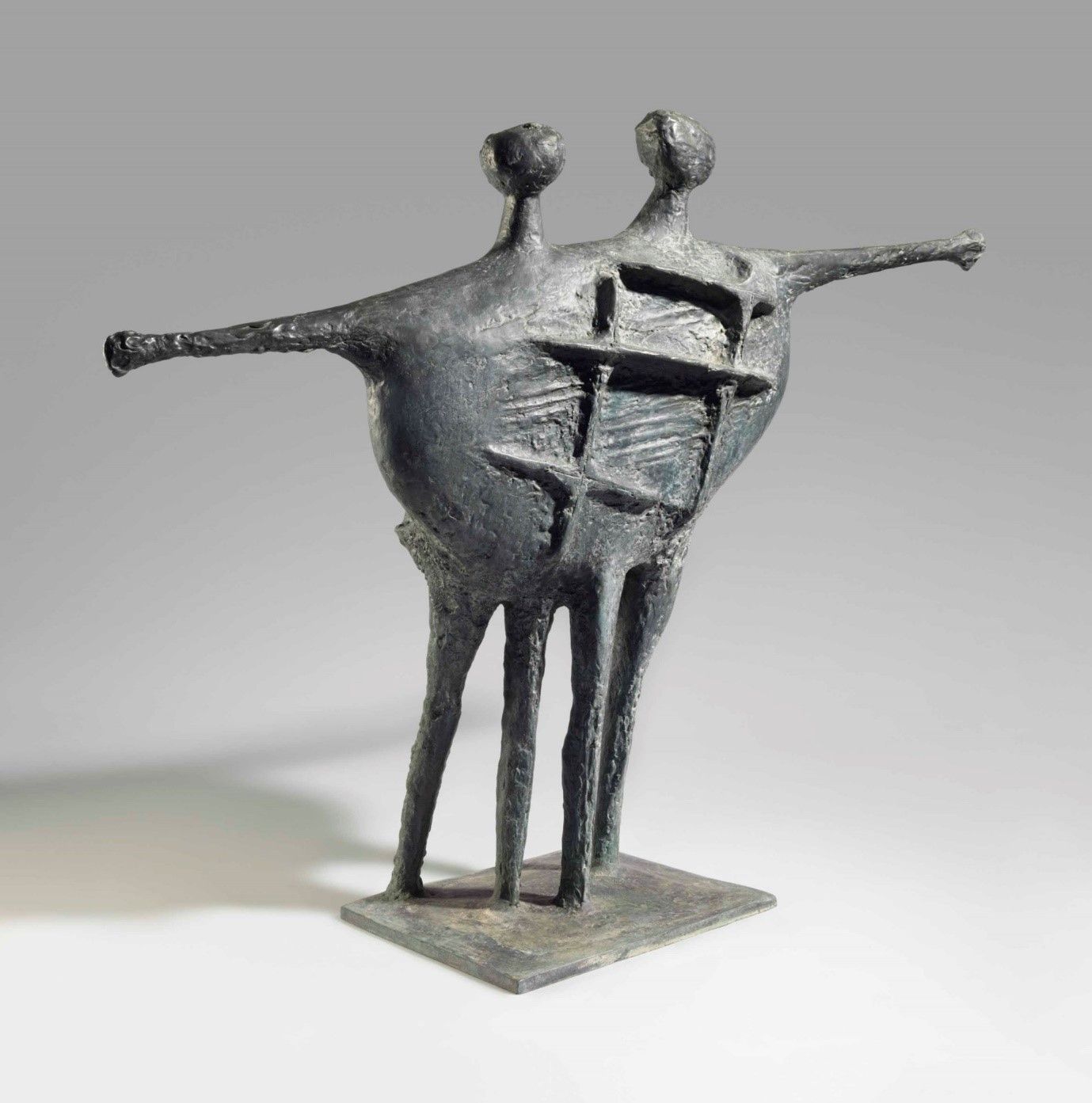Share post
Please find the first article about Paintings in the Care and Maintenance Series by Kerry Hall below.

Displaying and Storing Paintings
In our line of work, it’s not uncommon for our valuers to be asked the same question: what’s the best way to display or store a treasured painting? Some clients can’t wait to hang their new artwork as soon as they bring it home, while others, for any number of reasons, need to tuck it safely away for the right moment. Whether it’s going on the wall or into storage, handling art correctly is key to preserving its value and beauty. In this article, we’ll explore the best practices for displaying and storing paintings, prints, and photographs — helping you keep your collection safe from harm.
Displaying your Paintings
First and foremost, it’s important to think not just about how you hang your artwork, but where. Avoid placing pieces above radiators or fireplaces, where fluctuating temperatures can cause paintings to dry out, warp, or even crack over time. Heat can also affect the adhesives used in mounting or framing, leading to potential damage. To protect your artwork, always allow for a generous distance between any heat source and the piece itself.
It’s also wise to avoid hanging your artwork in direct sunlight, as prolonged exposure can lead to fading, discoloration, or even cracking of the paint and materials. Instead, opt for a spot with indirect light to help preserve the piece’s original vibrancy. If you're having the artwork framed, consider using UV-protective glass - such as museum glass - to add an extra layer of protection against light damage.
Once you have decided on the best spot in your home to hang your work, it is then essential to ensure you have the correct hardware. For valuable works, we recommend considering attaching the following to your artwork: D-rings, strap hangers, sawtooth hangers, metal frame hangers or even anti-theft picture hangers. You will need to ensure they are strong enough to support the weight of your artwork and that they are securely fastened to the piece and wall. In relation to the wire, make sure it has a capacity to hold at least 1-3 times the weight of the piece (thicker wire is recommended).
As Sarah Giles, Director of Sarah Giles Collection Care, recalls “My clients had a collection of porcelain on a console table which was broken because a painting’s hanging fixing snapped and it crashed on to the table, damaging the porcelain and ceramics.”
Lastly, when it comes to the aesthetics of hanging your artwork, we recommend hanging the artwork with the centre at eye level (approximately 150 cm from the floor). Using a spirit level will assist with ensuring it is straight. Avoid hanging an artwork between large windows as this makes it hard to see the art in daylight. With regards to lighting, picture lights, spotlights or angled ceiling lights work well. Picture lights should be placed around 15-18 cm above the artwork and angled to avoid glare.

Storing your Paintings
Again, when it comes to storing artwork, it's not just about how you store it — it's also about where. The ideal storage space is cool, dry, dark, and free from excessive humidity. Avoid areas with temperature fluctuations or direct sunlight, as both can damage paintings over time, as discussed earlier.
A clean, dust-free environment with good ventilation is essential. Keep the space clear of pests and pollutants and be mindful of mold-prone areas - proper airflow can make a big difference.
While attics, basements, and garages may seem like convenient storage options, they typically have unpredictable temperatures and humidity levels that can cause significant damage to your artwork over time. Whenever possible, choose a more stable environment to preserve your pieces for the long haul.
Proper packaging is just as important as the storage environment when it comes to protecting your paintings. Start by wrapping the artwork in acid-free paper or glassine to create a barrier against dust and surface damage. For added protection, you can layer bubble wrap over the initial wrapping — but be sure it doesn’t come into direct contact with the painted surface. Use corner protectors to guard the edges, and if you're placing the painting in a box or crate, choose one that’s sturdy and just slightly larger than the piece to prevent shifting. Fill any gaps with soft padding to keep the artwork snug and secure. The goal is to cushion the painting without compressing it, giving it a safe and stable packaging that supports long-term preservation.
Whether you choose to hang your artwork or store it away for safekeeping, taking the right steps will go a long way in preserving its condition and value. A little care now means your paintings can be enjoyed and appreciated for generations to come.












